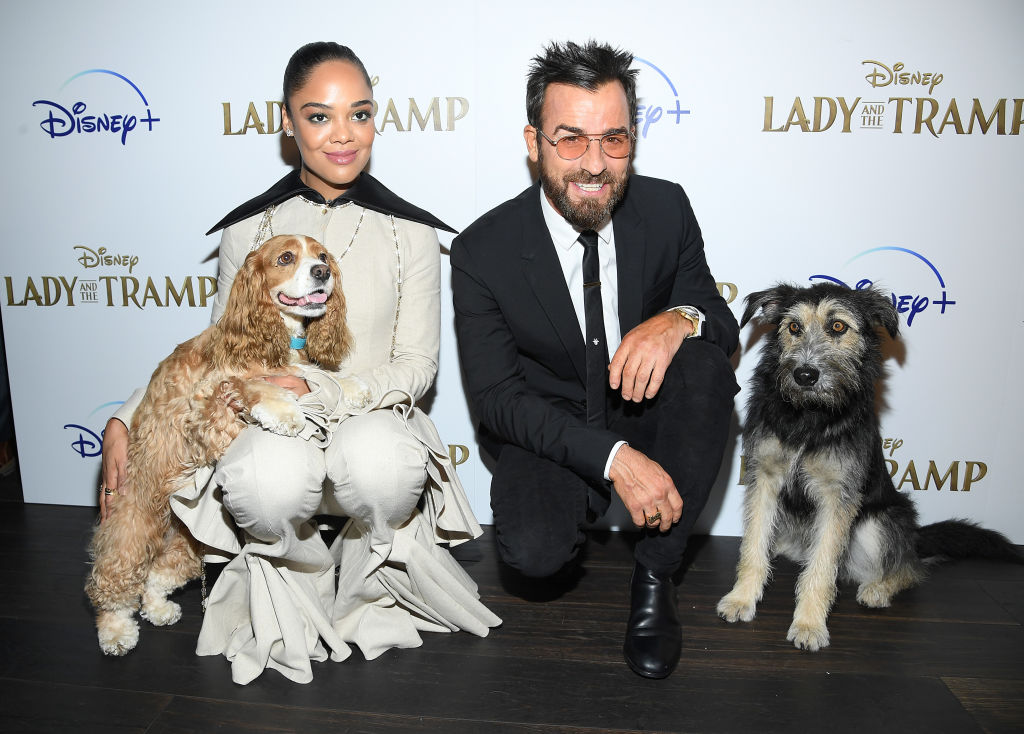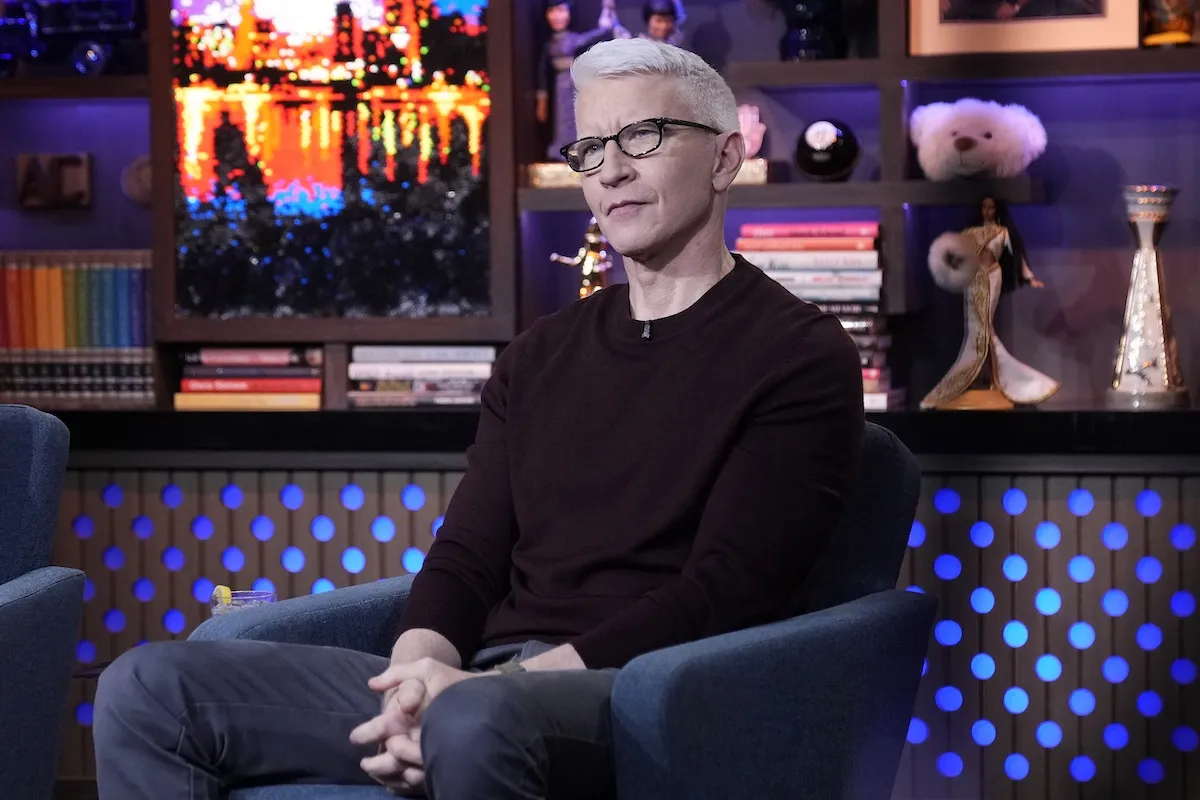Disney+: Why ‘The Siamese Cat Song’ Was Removed From ‘Lady and the Tramp’
The original Lady and the Tramp premiered in 1955, and it followed a pampered cocker spaniel (Lady) whose comfortable life in the lap of luxury (literally and metaphorically) slips from her paws when her owners have a baby. Tense circumstances find Lady out on the loose, in the street, to fend for herself. And remember, domesticated dogs are not domesticated cats; thus, this spaniel is a bit helpless.

Lady is protected by the tough stray mutt Tramp (Larry Roberts), and a romance between the two pups begins to blossom. However, their grave differences and the problems back at Lady’s home threaten to keep them apart. It’s a love story as old as time, set within the cinematic stylings of a classic Disney animated tale.
In the new version, premiering on Disney+ with the launch of the streaming service November 12, not much has changed (narratively speaking). However, in Disney remake fashion, we get a live-action telling. Yes, real dogs! While most live-action spectacles fail to live up to the grandeur of the previous animated counterpart, what beats two cute, real-life puppies? Aside from the live-action aspect, “The Siamese Cat Song” has been appropriately removed from the story, as such a song would be regressive, culturally insensitive, and still racist.
Why “The Siamese Cat Song” was appropriately removed from ‘Lady and the Tramp’
In short, “The Siamese Cat Song” is racist. When Lady and the Tramp first premiered, it was common to depict Asian individuals on-screen with buck-teeth, as the movie did.
In the 1955 original movie, Peggy Lee voiced Darling, Siamese cats Si and Am, as well as Pekingese Pig. The Siamese cats are ridiculous caricatures, and the song has been said to represent post-Second World War anxieties that America had about the foreign “other,” as explained by Flavor Wire. The depiction is thus reflective of America’s sociopolitical climate in the ‘50s; however, that does not make the number any less racist, and only augments its irrelevance to a 21st century viewing audience.
In “The Siamese Cat Song,” Lee performs with accented English, while gongs and stereotypical Oriental music feature throughout the number. In the original movie, the cats are written as deceptive and intimidating; they are mischievous and untrustworthy. The movie uses stereotypically negative cat qualities to personify an entire group of people in the most despicable of ways. In the remake, Janelle Monae records a new song to replace the original racist recording.
There is no reason for such a song to exist in a modern telling of this story, as it has no space in our cultural zeitgeist; at best, it propagates negative stereotypes and, at worst, it would be utterly regressive, and send the message that such viewpoints are still acceptable, which is not a message we should be preaching to our children. There is a difference between retaining a movie’s integrity and updating it appropriately for the times; the two should not be confused.


